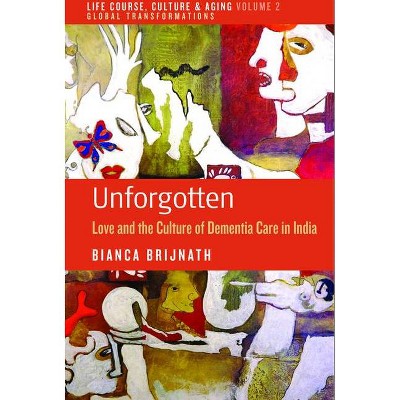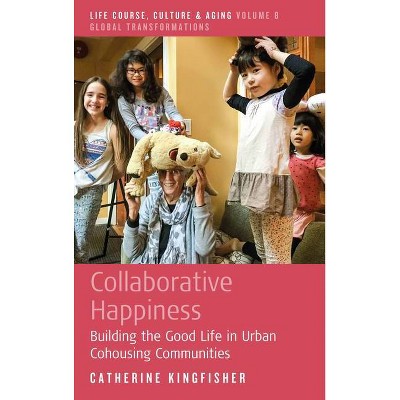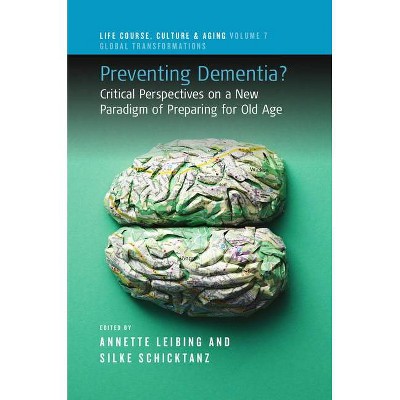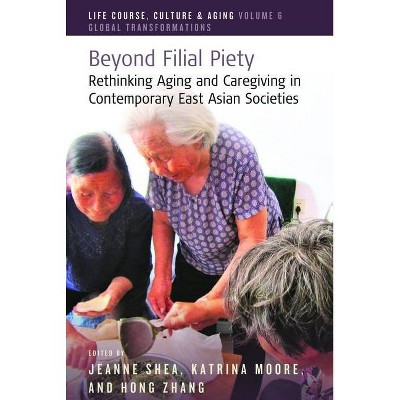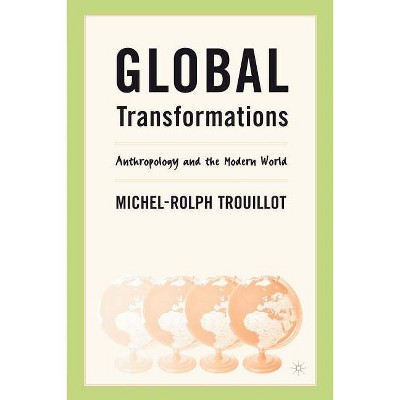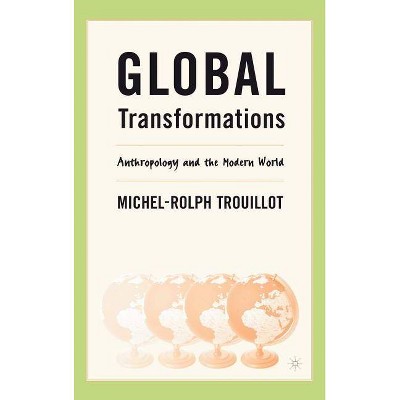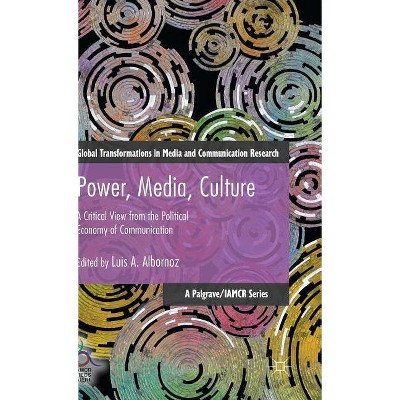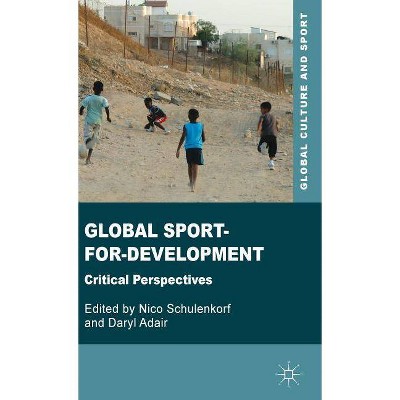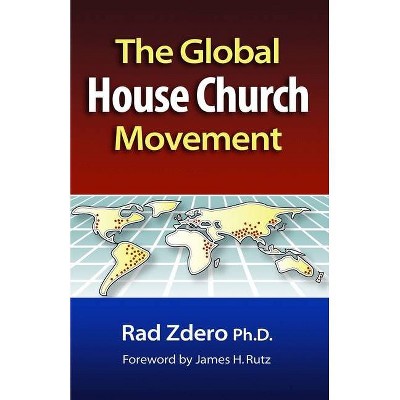The Global Age-Friendly Community Movement - (Life Course, Culture and Aging: Global Transformations) by Philip B Stafford (Paperback)
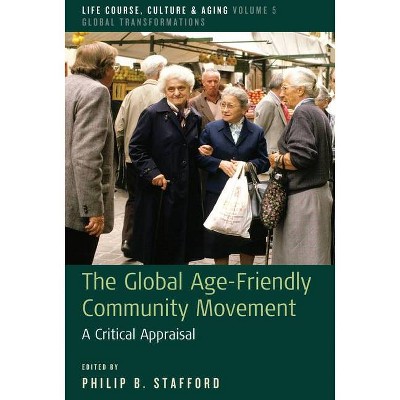
Similar Products
Products of same category from the store
AllProduct info
<p/><br></br><p><b> Book Synopsis </b></p></br></br><p> The age-friendly community movement is a global phenomenon, currently growing with the support of the WHO and multiple international and national organizations in the field of aging. Drawing on an extensive collection of international case studies, this volume provides an introduction to the movement. The contributors - both researchers and practitioners - touch on a number of current tensions and issues in the movement and offer a wide-ranging set of recommendations for advancing age-friendly community development. The book concludes with a call for a radical transformation of a medical and lifestyle model of aging into a relational model of health and social/individual wellbeing.</p><p/><br></br><p><b> Review Quotes </b></p></br></br><br><p> <em>"Knowledgeably compiled and deftly edited by Philip B. Stafford [this volume] is an extraordinary and unreservedly recommended as a core addition to community, college, and university library Gerontology Social Sciences and in Public Policy collections, as well as Social Services & Welfare supplemental curriculum studies lists."</em> <strong>- Midwest Book Review</strong></p> <p> <em>"[this volume] provides an excellent critical appraisal of the challenges, successes, theoretical models and their practical applicability in the building of age-friendly communities. Importantly, this volume suggests that the Age-Friendly Movement must consider the needs of populations at large, or risks further segmentation and isolation of various age-groups...The authors invite us to move away from the individual and the local as the smallest unit of health, to take into account the complex social conditions affecting a globalized world."</em> <strong>- Anthropology & Aging</strong></p> <p> <em>"In short, the strength of this book is that it reinforces and extends the current discussion of key, age-friendly issues, and brings attention to a new array of communities and their distinctive efforts. This book would be of interest to students, researchers, practitioners, policymakers, and community leaders who want to broaden their view of developments in the movement to develop age-friendly communities. The loud message gained from this book is that assessing the needs of aging populations and designing age-friendly community responses require vastly different approaches and tools, depending on the community. At the same time, the book makes clear that such efforts are possible and that much can be learned from the experiences of these communities."</em> <strong>- The Gerontologist</strong></p> <p> <em>"An important contribution to the literature... [it] attempts to broaden the theories of gerontology to consider the role of community and overcome the limitations of a purely medical model of aging."</em> <strong>- Laura M. Keyes</strong>, University of North Texas</p><br><p/><br></br><p><b> About the Author </b></p></br></br><p> <strong>Philip B. Stafford</strong> is Adjunct Professor of Anthropology at Indiana University in Bloomington, and was Director of the Indiana University Center on Aging and Community until 2017. His research, primarily ethnographic and participatory, has focused on aging and sense of place. He has received the Blackburn award from the Indiana chapter of the AIA for contributions to architecture by a non-architect and is a member of the board of the American Society on Aging.</p>
Price History
Price Archive shows prices from various stores, lets you see history and find the cheapest. There is no actual sale on the website. For all support, inquiry and suggestion messagescommunication@pricearchive.us
